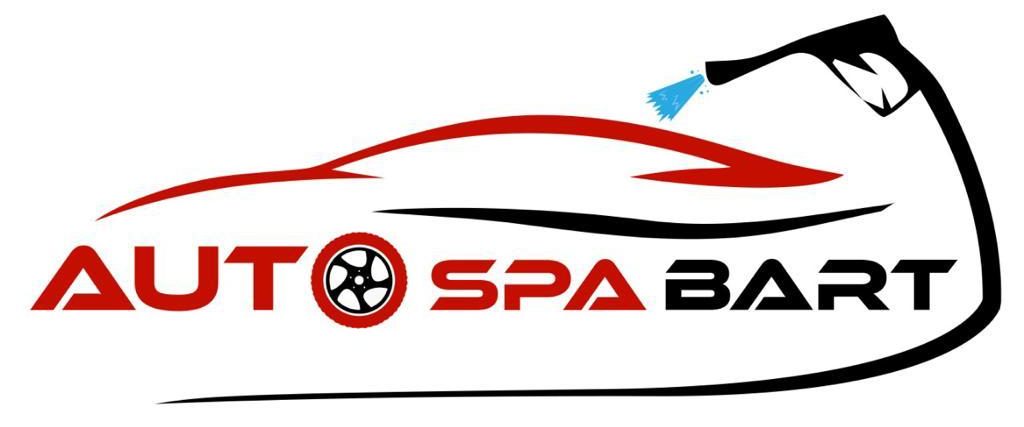
Paint correction and paint protection are two distinct processes in car detailing, each serving different purposes:
- Paint Correction: Paint correction is a meticulous process aimed at restoring the appearance of a vehicle’s paintwork by removing imperfections and defects. These imperfections can include swirl marks, fine scratches, water spots, oxidation, and other surface blemishes that diminish the paint’s clarity and shine.
The paint correction process involves carefully machine polishing the paint surface using various polishing compounds and pads. Skilled detailers use a step-by-step approach, starting with more aggressive compounds to remove deeper defects and gradually moving to finer compounds for refining and finishing the paintwork.
The goal of paint correction is to level the paint’s surface, eliminating or minimizing the appearance of defects and restoring a high level of gloss and clarity. The process can be time-consuming and requires expertise to avoid damaging the paint.
- Paint Protection: Paint protection, on the other hand, involves applying a protective layer over the vehicle’s paintwork to shield it from environmental contaminants, UV rays, bird droppings, tree sap, and other harmful elements. The primary purpose of paint protection is to preserve the freshly corrected or original paint and maintain its appearance for an extended period.
Paint protection can come in various forms, such as:
Wax: Traditional carnauba or synthetic waxes provide a temporary protective layer that enhances gloss and repels water and contaminants. However, wax protection typically lasts for a few weeks to a couple of months.
Sealant: Paint sealants are synthetic products that offer more extended protection compared to waxes, lasting up to six months. They create a durable barrier against environmental contaminants.
Ceramic Coatings: Ceramic coatings are advanced liquid polymer coatings that chemically bond with the paint’s surface, forming a semi-permanent protective layer. They offer exceptional protection, hydrophobic properties, and can last from one to several years depending on the product and maintenance.
